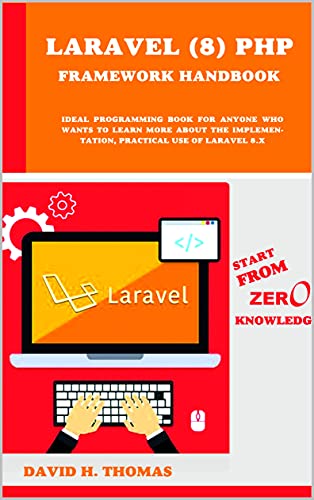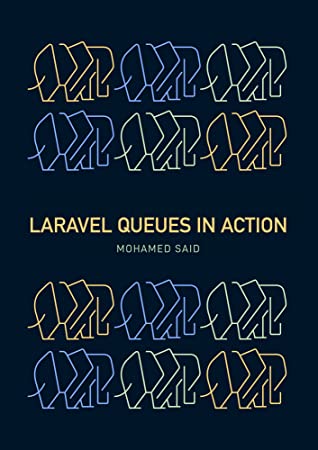Free PDF download Chemistry The Central Science (14th Edition) in pdf written by Theodore L. Brown (University of Illinois at Urbana-Champaign), H. Eugene LeMay, Jr. (University of Nevada, Reno), Bruce E. Bursten (Worcester Polytechnic Institute), Catherine J. Murphy (University of Illinois at Urbana-Champaign), Patrick M. Woodward (The Ohio State University) and Matthew W. Stoltzfus (The Ohio State University) with contribution by Michael W. Lufaso (University of North Florida), published by Pearson in 2017.
According to the authors; “As with every new edition of Chemistry: The Central Science the book has undergone a great many changes as we strive to keep the content current, and to improve the clarity and effectiveness of the text, the art, and the exercises. Among the myriad changes there are certain points of emphasis that we use to organize and guide the revision process. In creating the fourteenth edition our revision was organized around the following points:
Our treatment of energy and thermochemistry has been significantly revised. The concept of energy is now introduced in Chapter 1, whereas previously it did not appear until Chapter 5. This change allows instructors greater freedom in the order in which they cover the material. For example, this change would facilitate coverage of Chapters 6 and 7 immediately following Chapter 2, a sequence that is in line with an atoms-first approach to teaching general chemistry.
More importantly, bond enthalpies are now integrated into Chapter 5 to emphasize the connection between macroscopic quantities, like reaction enthalpies, and the submicroscopic world of atoms and bonds. We feel this change leads to a better integration of thermochemical concepts with the surrounding chapters. Bond enthalpies are revisited in Chapter 8 after students have developed a more sophisticated view of chemical bonding.
Considerable effort was made to provide students with a clear discussion, superior problem sets, and better real-time feedback on their understanding of the material.
The author team used an interactive e-book platform to view passages that students highlighted in their reading along with the related notes and questions that detailed what they did not understand. In response, numerous passages were revised for greater clarity.
Extensive effort has gone into creating enhanced content for the eText version of the book. These features make the eText so much more than just an electronic copy of the physical textbook. New Smart Figures take key figures from the text and bring them to life through animation and narration.
Likewise, new Smart Sample Exercises animate key sample exercises from the text, offering students a more in depth and detailed discussion than can be provided in the printed text. These interactive features will also include follow-up questions, which can be assigned in MasteringChemistryTM.
About the Author:
THEODORE L. BROWN received his Ph.D. from Michigan State University in 1956. Since then, he has been a member of the faculty of the University of Illinois, Urbana-Champaign, where he is now Professor of Chemistry, Emeritus.
He served as Vice Chancellor for Research, and Dean of The Graduate College, from 1980 to 1986, and as Founding Director of the Arnold and Mabel Beckman Institute for Advanced Science and Technology from 1987 to 1993. Professor Brown has been an Alfred P. Sloan Foundation Research Fellow and has been awarded a Guggenheim Fellowship.
In 1972 he was awarded the American Chemical Society Award for Research in Inorganic Chemistry and received the American Chemical Society Award for Distinguished Service in the Advancement of Inorganic Chemistry in 1993. He has been elected a Fellow of the American Association for the Advancement of Science, the American Academy of Arts and Sciences, and the American Chemical Society.
H. EUGENE LEMAY, JR., received his B.S. degree in Chemistry from Pacific Lutheran University (Washington) and his Ph.D. in Chemistry in 1966 from the University of Illinois, Urbana-Champaign. He then joined the faculty of the University of Nevada, Reno, where he is currently Professor of Chemistry, Emeritus.
He has enjoyed Visiting Professorships at the University of North Carolina at Chapel Hill, at the University College of Wales in Great Britain, and at the University of California, Los Angeles. Professor LeMay is a popular and effective teacher, who has taught thousands of students during more than 40 years of university teaching.
Known for the clarity of his lectures and his sense of humor, he has received several teaching awards, including the University Distinguished Teacher of the Year Award (1991) and the first Regents’ Teaching Award given by the State of Nevada Board of Regents (1997).
BRUCE E. BURSTEN received his Ph.D. in Chemistry from the University of Wisconsin in 1978. After two years as a National Science Foundation Postdoctoral Fellow at Texas A&M University, he joined the faculty of The Ohio State University, where he rose to the rank of Distinguished University Professor.
In 2005, he moved to the University of Tennessee, Knoxville, as Distinguished Professor of Chemistry and Dean of the College of Arts and Sciences. Professor Bursten has been a Camille and Henry Dreyfus Foundation Teacher-Scholar and an Alfred P. Sloan Foundation Research Fellow, and he is a Fellow of both the American Association for the Advancement of Science and the American Chemical Society. At Ohio State he has received the University Distinguished Teaching Award in 1982 and 1996, the Arts and Sciences Student Council Outstanding Teaching Award in 1984, and the University Distinguished Scholar Award in 1990.
He received the Spiers Memorial Prize and Medal of the Royal Society of Chemistry in 2003, and the Morley Medal of the Cleveland Section of the American Chemical Society in 2005. He was President of the American Chemical Society for 2008. In addition to his teaching and service activities, Professor Bursten’s research program focuses on compounds of the transition-metal and actinide elements.
CATHERINE J. MURPHY received two B.S. degrees, one in Chemistry and one in Biochemistry, from the University of Illinois, Urbana-Champaign, in 1986. She received her Ph.D. in Chemistry from the University of Wisconsin in 1990.
She was a National Science Foundation and National Institutes of Health Postdoctoral Fellow at the California Institute of Technology from 1990 to 1993. In 1993, she joined the faculty of the University of South Carolina, Columbia, becoming the Guy F. Lipsc
TABLE OF CONTENT:
Introduction: Matter, Energy, and Measurement
Atoms, Molecules, and Ions
Chemical Reactions and Reaction Stoichiometry
Reactions in Aqueous Solution
Thermochemistry
Electronic Structure of Atoms
Periodic Properties of the Elements
Basic Concepts of Chemical Bonding
Molecular Geometry and Bonding Theories
Gases
Liquids and Intermolecular Forces
Solids and Modern Materials
Properties of Solutions
Chemical Kinetics
Chemical Equilibrium
Acid–Base Equilibria
Additional Aspects of Aqueous Equilibria
Chemistry of the Environment
Chemical Thermodynamics
Electrochemistry
Nuclear Chemistry
Chemistry of the Nonmetals
Transition Metals and Coordination Chemistry
The Chemistry of Life: Organic and Biological Chemistry
Appendices
About The Book:
Publisher : Pearson; 14th edition (January 4, 2017)
Language : English
Pages : 1248
File: PDF,73MB
Free Download the Book: Chemistry: The Central Science
PS: Share the link with your friends
If the Download link is not working, kindly drop a comment below, so we'll update the download link for you.
Happy downloading!








